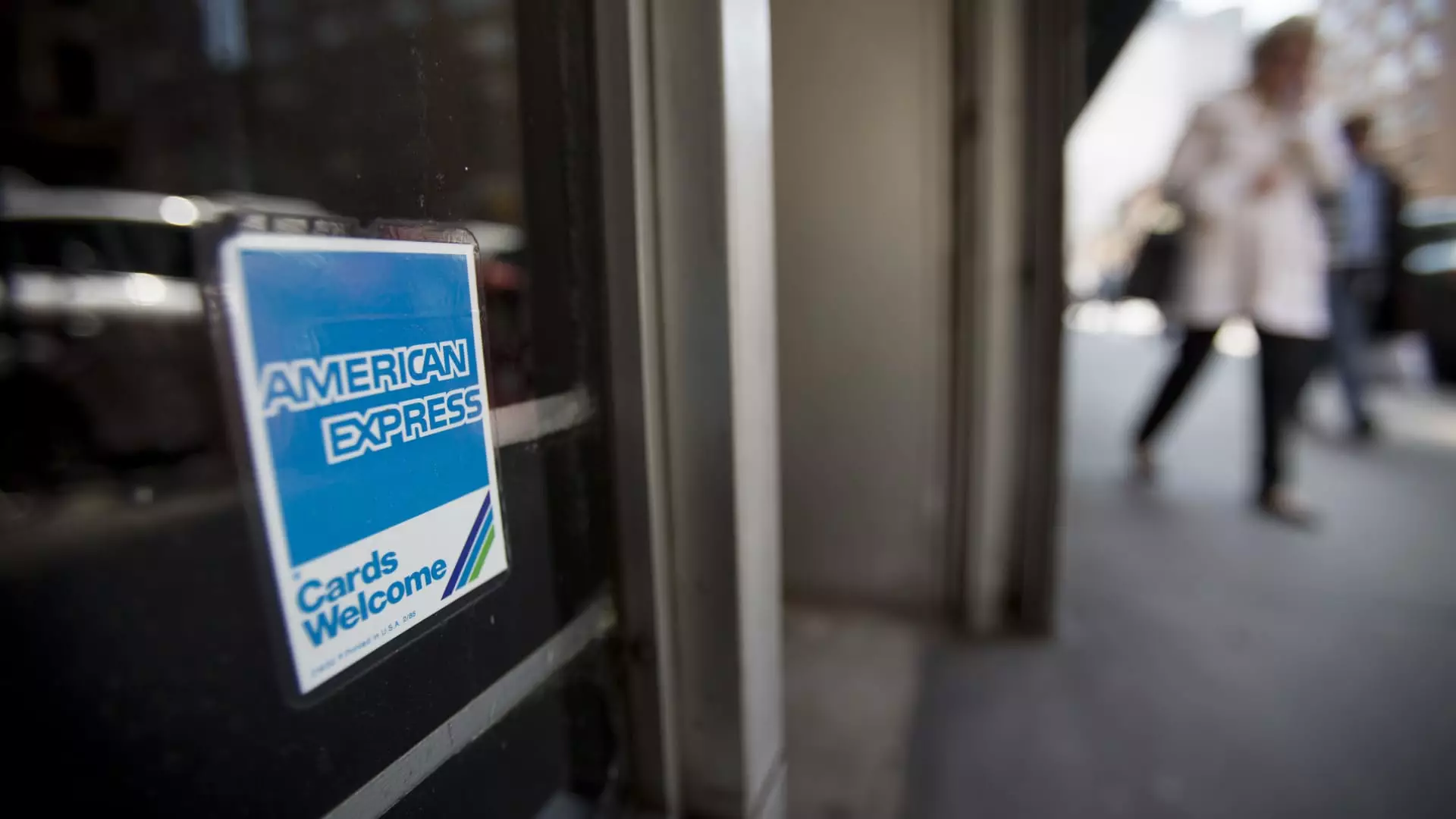American Express has long cultivated an image of exclusivity, catering predominantly to affluent customers who relish luxury travel and high-end dining experiences. This strategic focus has created a perception of resilience, shielding the company from broader economic tremors. However, beneath this veneer lies a fragile foundation. Relying heavily on a niche demographic, Amex’s financial health hinges on the spending habits of the wealthy—an increasingly risky gamble as economic uncertainties grow. The supposed insulation from a spending slowdown is, in reality, a house of cards that could collapse at any sign of economic distress.
Market Signals: A Worrying Stagnation in Travel Spending
Recent earnings reports paint a complicated picture. While overall spending on Amex cards increased by 7% in the last quarter—impressive at first glance—the makeup of that growth reveals underlying vulnerabilities. Travel expenditures, particularly airline tickets, have halted their upward momentum. This stagnation is not coincidental but symptomatic of a larger trend: travelers are cutting back on economy class flights, the sector most sensitive to price fluctuations and economic pressures. Even premium travel, once a steadfast revenue stream, only grew modestly. This stagnation not only hints at waning consumer confidence but also exposes the fragility of Amex’s core business model, which depends heavily on travel-related transactions.
Premium Loyalty and Competition: Battling for Relevance
Despite healthy increases in luxury hotel bookings and premium cabin sales, the disconnect between high-end spending and the broader travel sector cannot be ignored. The company’s elevated partnership with airlines and airport lounges may someday become liabilities if travel remains subdued for extended periods. Meanwhile, competitors like JPMorgan Chase, Citigroup, and Capital One are intensifying their push into the lucrative premium credit market, challenging Amex’s dominance. These rivals are not just offering similar services but are aggressively investing in innovative rewards and marketing strategies that threaten to erode Amex’s loyal customer base—especially if growth becomes a costly pursuit driven by aggressive spending on promotional rewards.
The Costly Race for Growth and Its Implications
Amex’s recent strategy to revamp its platinum offerings signals an urgency to attract new high-net-worth clients and stimulate spending. Yet, this approach intensifies pressure on the company’s revenue and profit margins. Increasing rewards and promotional bonuses, ostensibly to maintain relevance, also mean higher costs that may not translate into sustainable growth. Investors are right to be wary; the company’s share price has barely moved this year, lagging behind more diversified financial giants. The concern is clear: Amex is caught between a desire to maintain its elite brand and the imperative to spend more to grow—an unsustainable balancing act that could backfire if market conditions worsen.
The Real Challenge: Adapting in a Changing World
In an era marked by economic uncertainty, inflation, and shifting consumer priorities, American Express cannot rest on its laurels. The company’s heavy emphasis on luxury spending models looks increasingly out of step with broader economic realities. Until Amex acknowledges that its sweetheart niche is not invulnerable—because no market segment truly is—it risks slipping into obsolescence. A more balanced approach, one that diversifies its customer base and manages costs judiciously, is the only way forward for an institution that has become overly dependent on the spending power of a shrinking segment.

